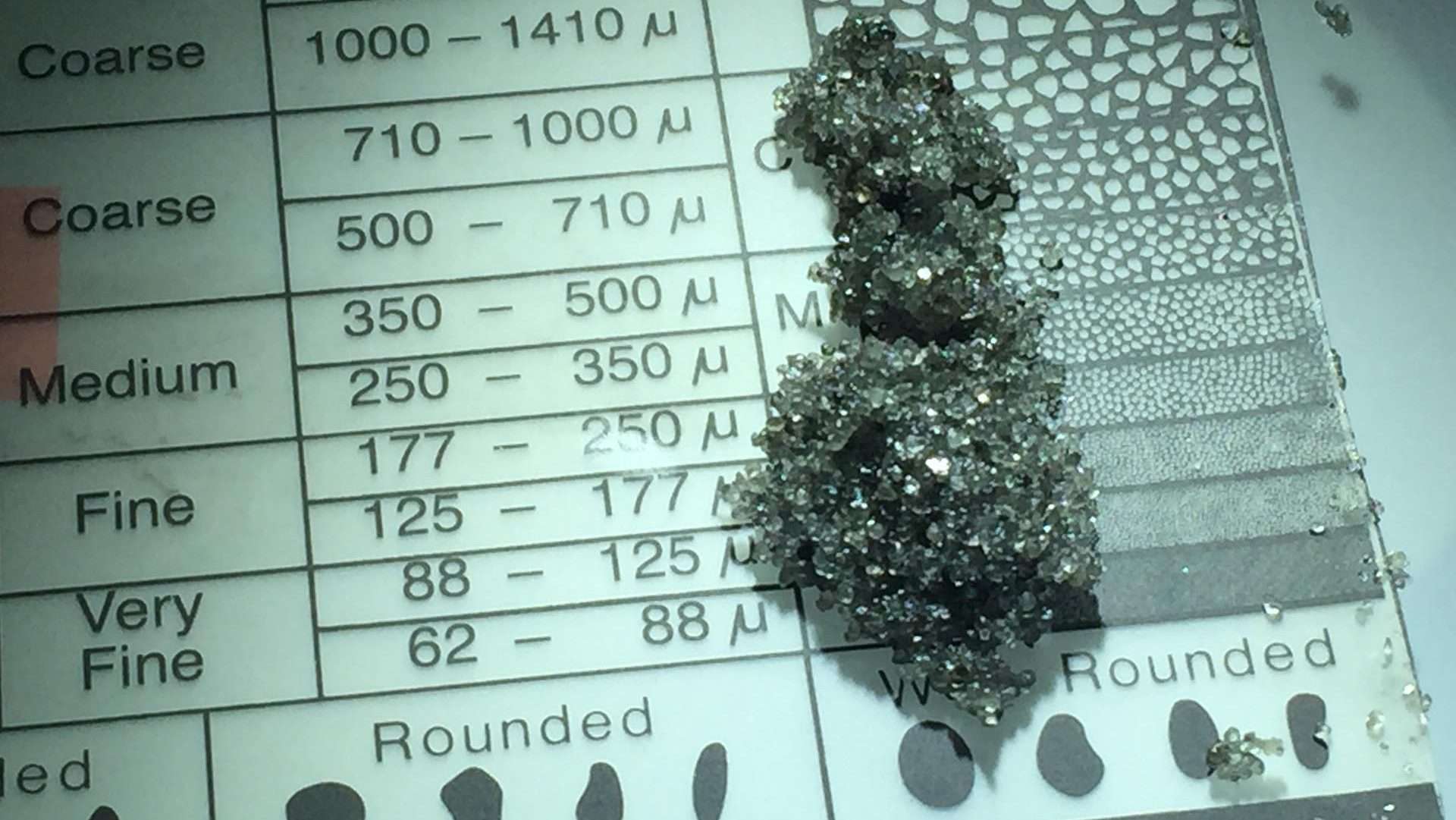Abstract
INTRODUCTION A comparison was made of four commercial and four company in-house laboratory techniques used in the analysis of tar sands to determine consistency of tar assay results. Inconsistent results necessarily have an influence on tar grade and therefore ultimately on reserves (royalties) and economics of a project. The comparison was conducted through a Round Robin test procedure whereby laboratories analyzed tar sand samples from a common uniformly homogenized batch. Three batches of differing tar grades were,prepared and the mean, standard deviation and 95 percent confidence levels derived from the results were compared. The results indicated that all laboratories examined provided data within the acceptable error of accuracy expect- ed. While good agreement existed between laborato- ries in general, some laboratories had much wider standard deviations than others. This test should be considered a quality controlled one and does not necessarily reflect the work expected from a laboratory conducted under "routine" conditions.



